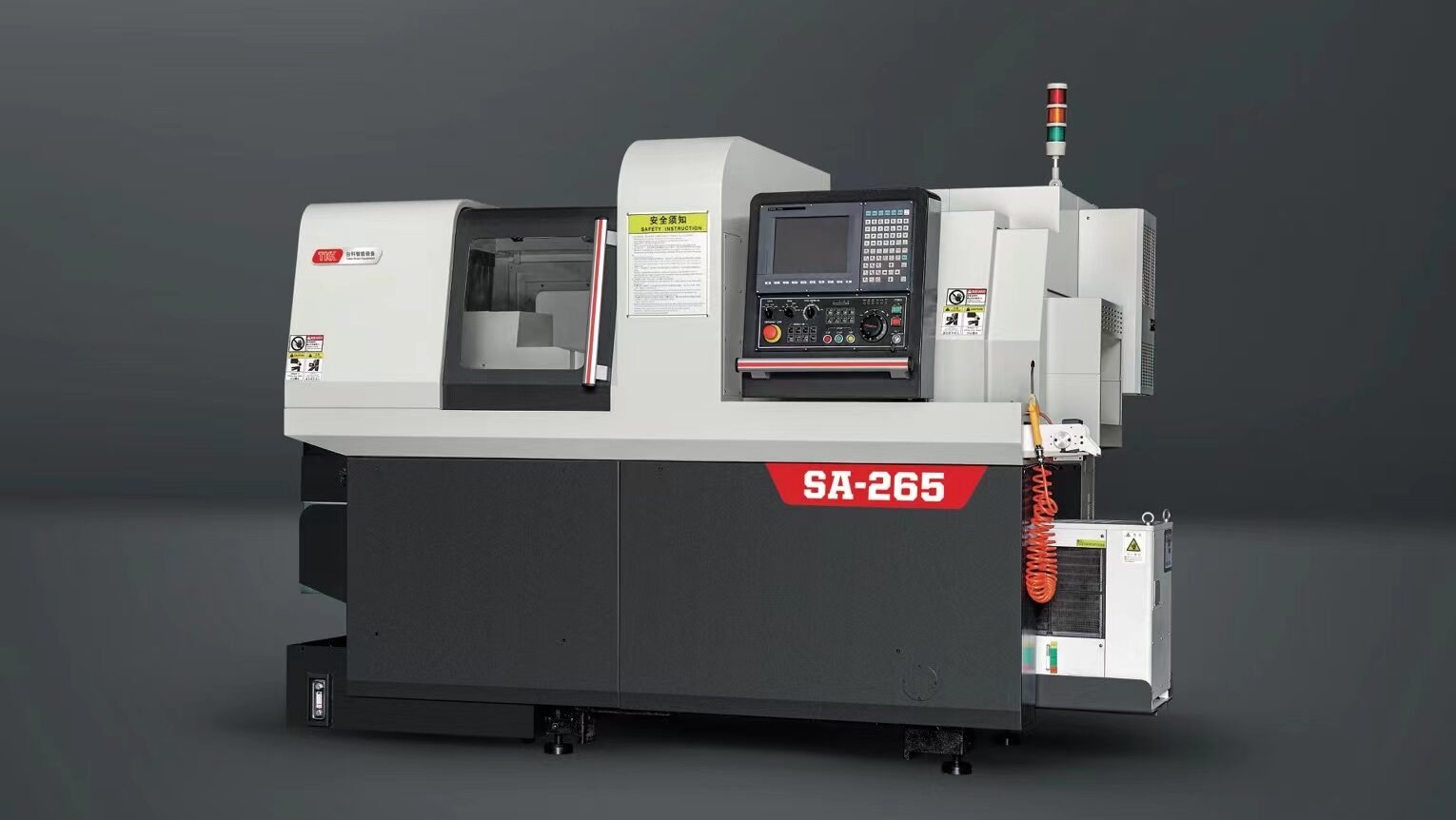2024 China Swiss Type Lathe Export Report
I. Market Overview
In 2024, China’s metal-cutting machine tool exports continued to grow, with Swiss type lathes (sliding headstock CNC lathes)—as a high-end segment of CNC lathes—demonstrating strong international competitiveness due to their precision and efficiency. According to customs data and industry analysis, China’s metal-cutting machine tool exports reached USD 8.999 billion from January to October 2024, a year-on-year increase of 4.31%. Swiss type lathes emerged as a key growth driver in the lathe category, witnessing both volume and price growth.
II. Key Export Data
Overall Scale
China’s metal-cutting machine tool exports totaled USD 5.53 billion in 2023, up 28% year-on-year. From January to February 2024, exports reached USD 880 million, a 25% increase and 14 percentage points faster than the same period in 2023.
As the premium segment of lathes, Swiss type lathes averaged USD 22,000/unit in H1 2024, slightly down from 2023 (due to higher mid-low end product mix), but export volume surged +40% YoY, reflecting robust demand.
Product Mix
Lathes ranked 3rd in China’s machine tool exports by value (after EDM machines and machining centers), with an average price of USD 7,000/unit in 2023. Swiss type lathes accounted for >30% of lathe export value, targeting precision manufacturing markets.
High-value products grew rapidly: 5-axis and dual-spindle Swiss lathes saw +25% YoY export value growth, driven by medical and aerospace orders.
III. Regional Distribution
Traditional Markets
Southeast Asia: Vietnam and Thailand led growth, with USD 50 million exports to Vietnam in Jan-Feb 2024 (+27%), fueled by electronics and auto parts industry relocation.
Europe & USA: Exports to Germany rose +65% YoY, and to the US +29% YoY, as mid-high end Swiss lathes gained recognition in European precision manufacturing.
Emerging Markets
India & Brazil: Exports to India reached USD 60 million (+52%) and Brazil USD 40 million (+48%) in Jan-Feb 2024, mainly for auto and agricultural machinery parts.
Russia: Exports slowed slightly (-3% YoY in Jan-Feb 2024) due to geopolitical factors but remained a key market.
IV. Competitive Advantages and Challenges
Advantages:
Cost-Effectiveness: Chinese Swiss lathes cost 1/3–1/2 of Swiss/Japanese counterparts, ideal for mass mid-low end procurement.
Industrial Clusters: Shandong, Guangdong, and Jiangsu provinces offer short lead times (2–3 months) via integrated supply chains.
Policy Support: China’s “Equipment Upgrading Campaign” and optimized export tax rebates in 2024 boosted competitiveness.
Challenges:
High-End Technology Gap: Core components (precision guides, CNC systems) for 5-axis+ lathes remain imported, squeezing profit margins (30% of exporters saw margin declines).
Trade Frictions: Rising tariffs (e.g., EU anti-dumping investigations) hinder high-end exports.
Brand Recognition: Japanese (Tsugami, Citizen) and Swiss (Tornos) brands still dominate, requiring stronger overseas service networks.
V. Future Trends
High-End Upgrade: With breakthroughs in domestic CNC systems (Huazhong CNC) and servo motors, 5-axis Swiss lathe export share is expected to rise from 15% to >25%.
Market Diversification: Emerging markets in the Middle East and Latin America show growing demand, particularly for oil and rail equipment.
Localization: Leading firms (Haitian Precision, Neway CNC) are accelerating overseas factories to bypass trade barriers and improve after-sales service.
Conclusion: China’s Swiss lathe exports in 2024 are transitioning from volume growth to high-end innovation, led by Southeast Asia, Europe, and emerging markets. Long-term success will depend on technological innovation, brand building, and localized operations to expand global market share.
Data Sources: General Administration of Customs, China Machine Tool & Tool Builders’ Association (CMTBA), industry research reports.
Notes:
Terminology consistency: Swiss type lathe is used interchangeably with sliding headstock lathe.
Regional names follow ISO standard country codes (e.g., Vietnam instead of Viet Nam).
Technical terms align with international machining standards (e.g., “5-axis simultaneous machining”).

